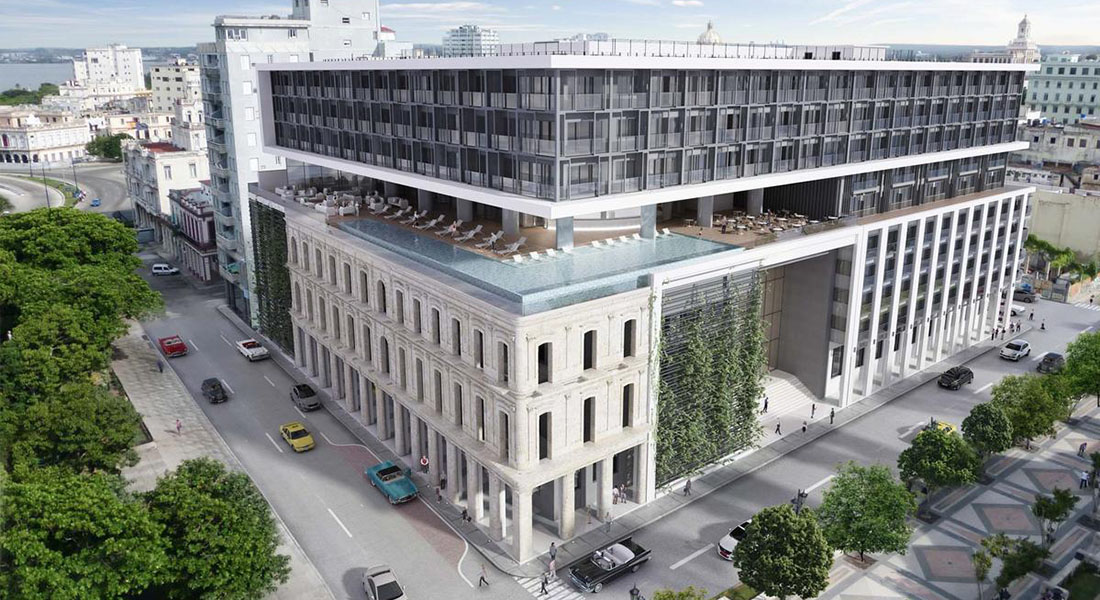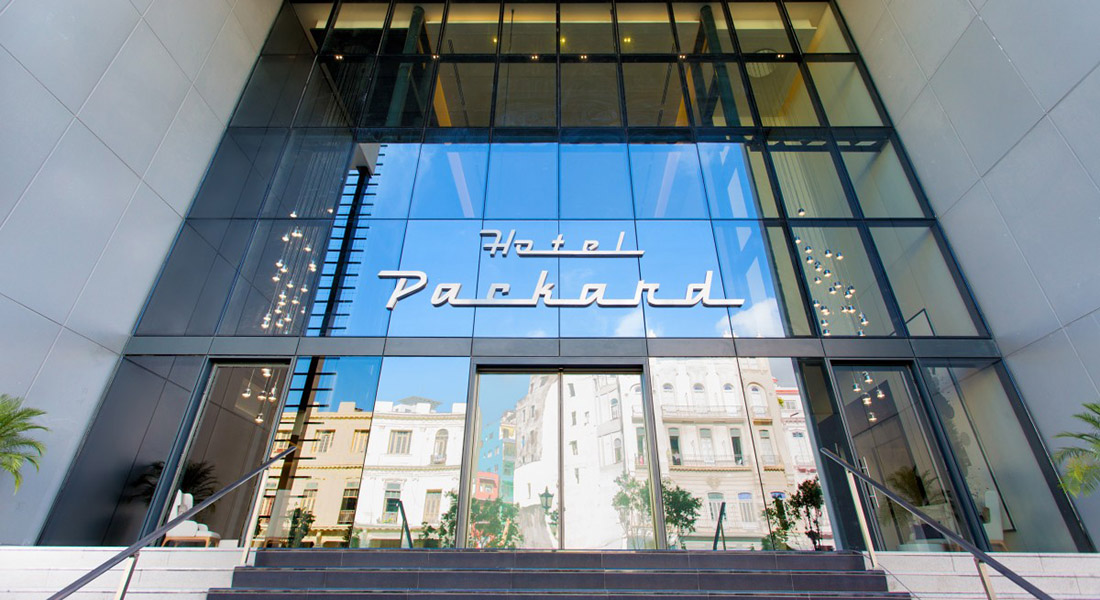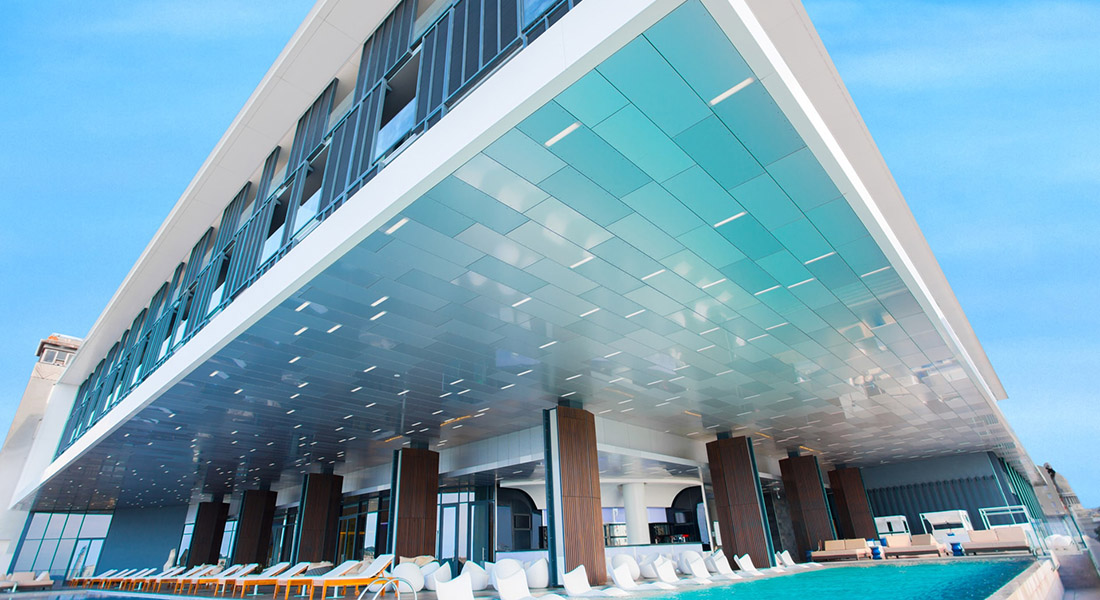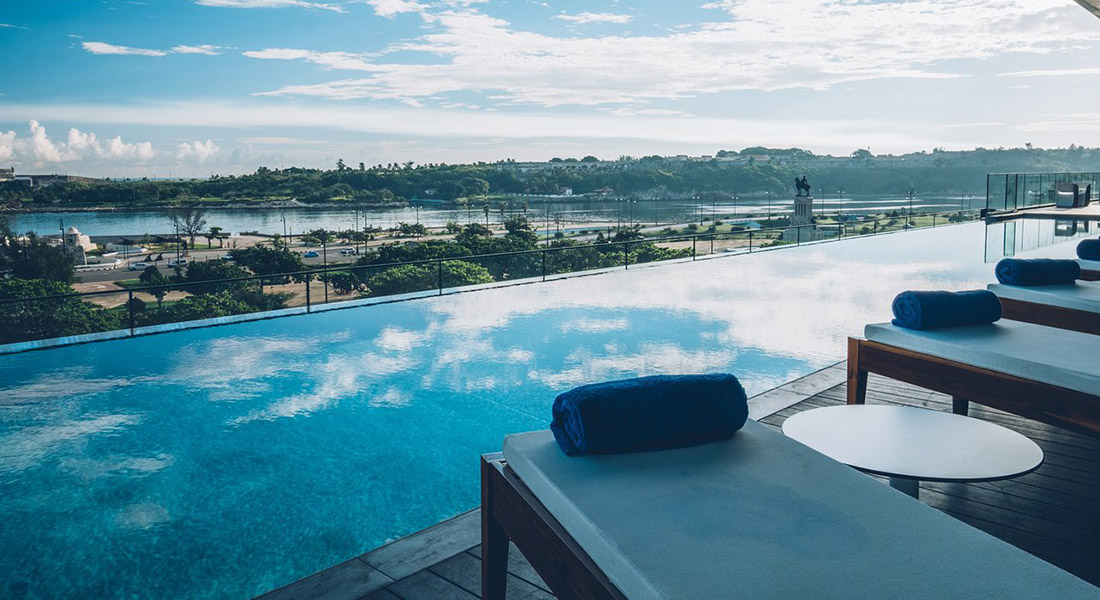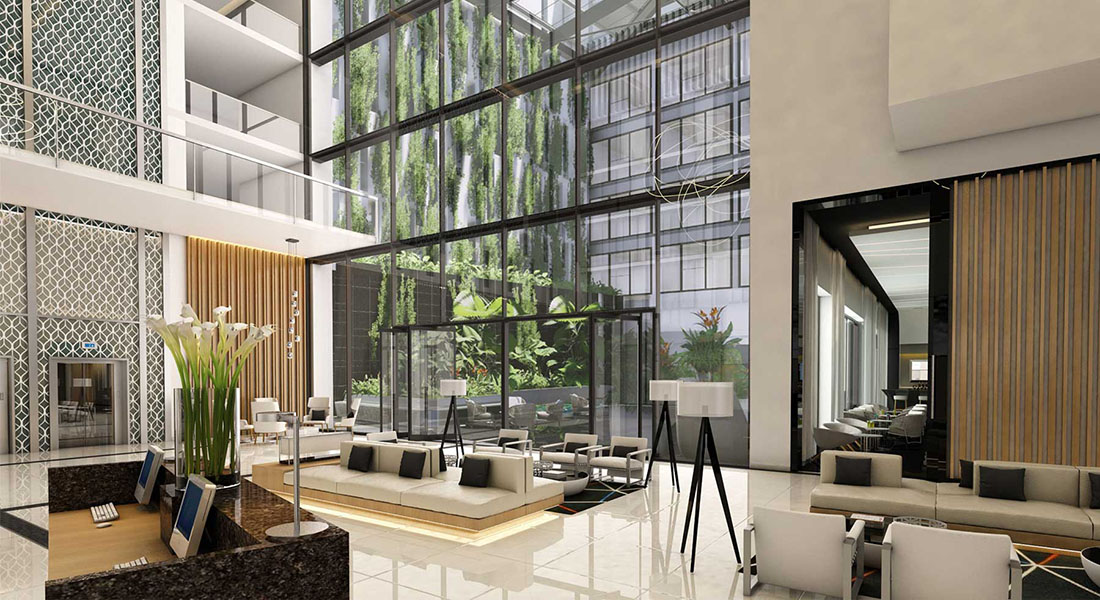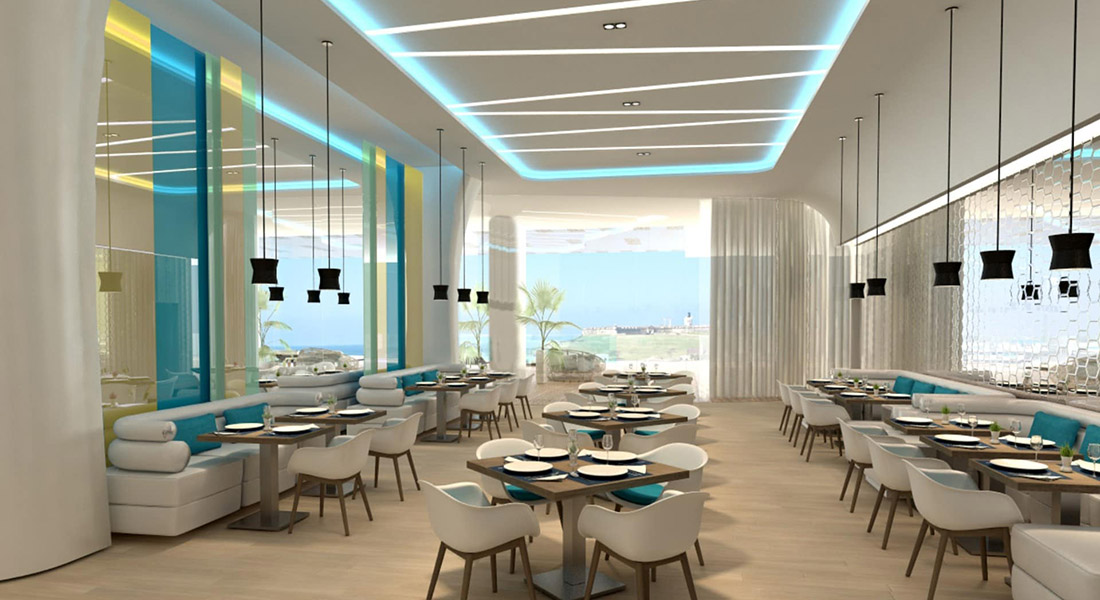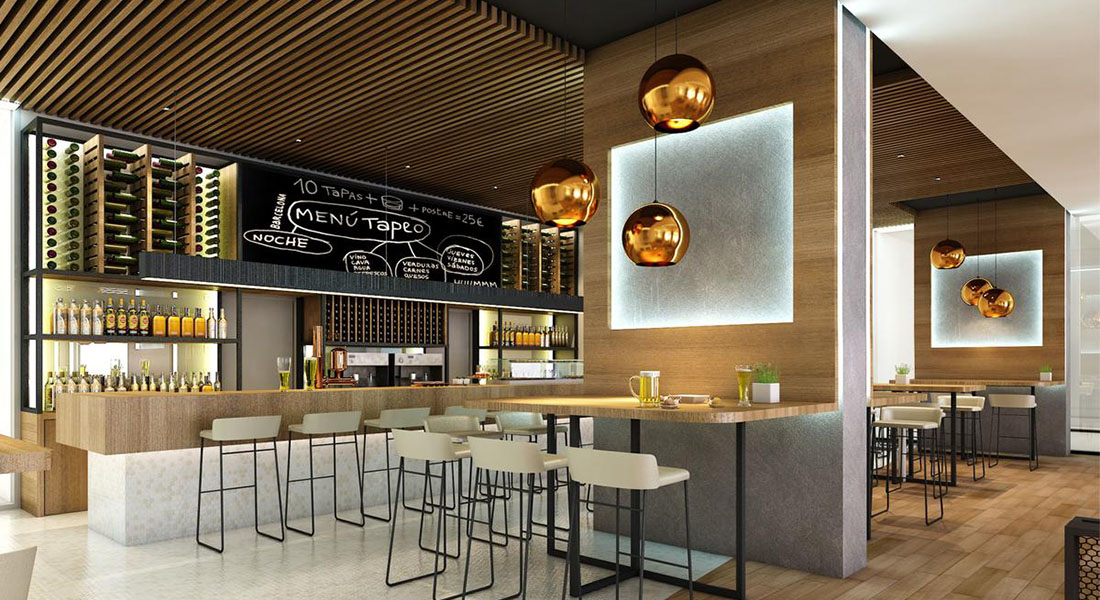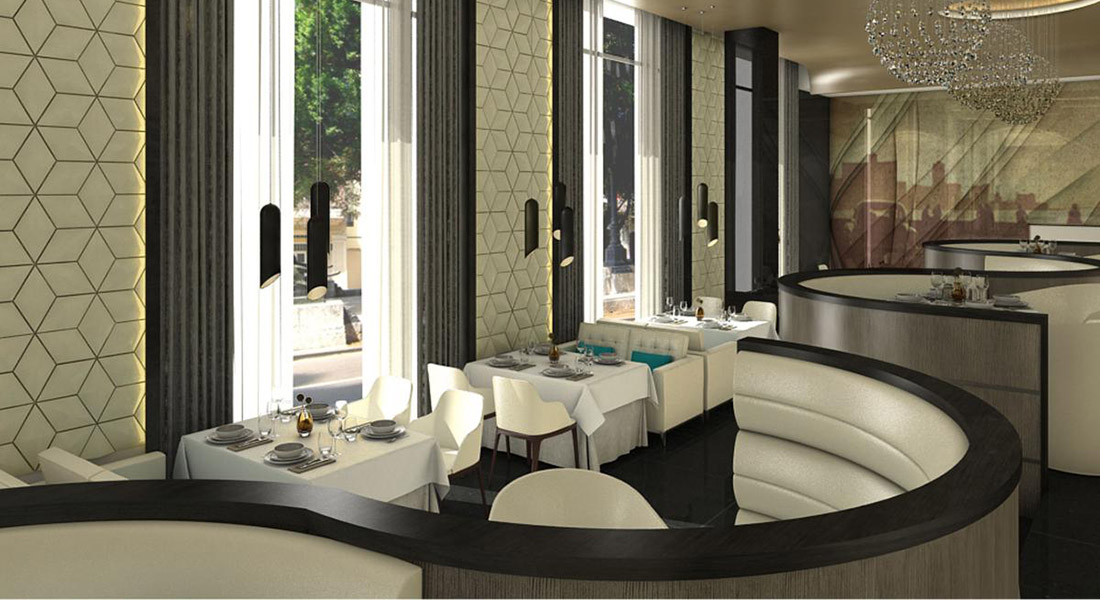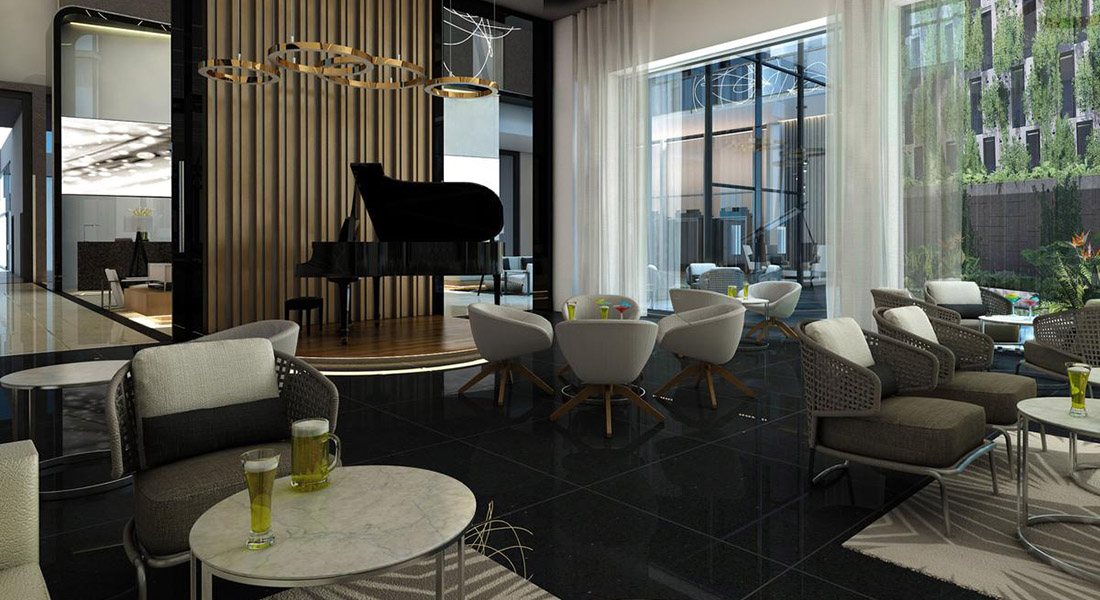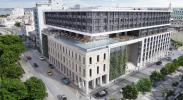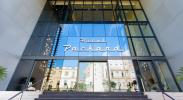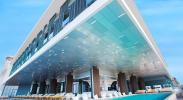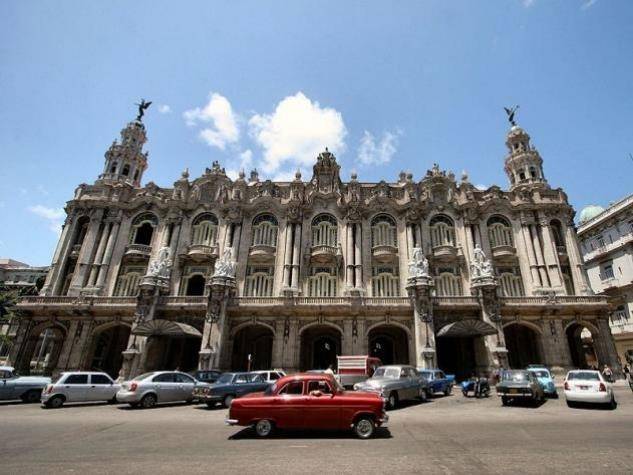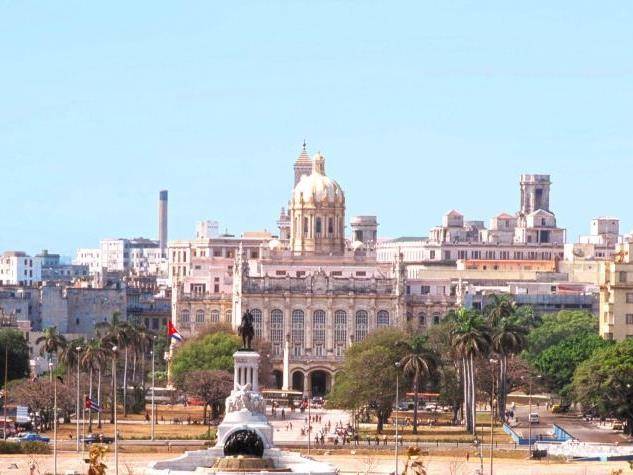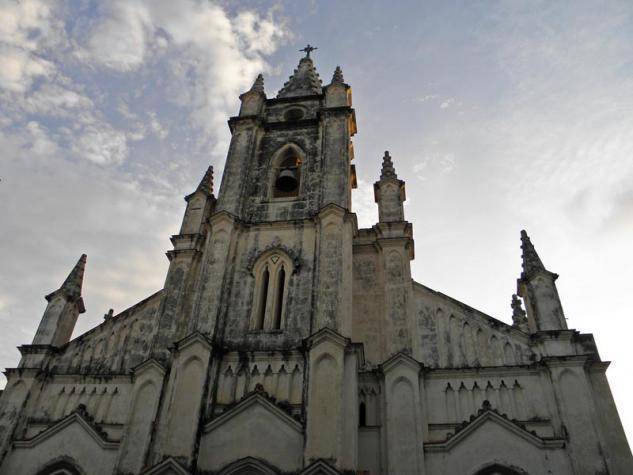
Iglesia del Santo Ángel Custodio
The Santo Ángel Custodio Church was built in 1695, but wasn’t considered a church until 1788. It lies on one of the few and modest hills of the city, called Loma del Ángel. The original church was severely affected by the 1846 hurricane, its tower and the whole of the front and back of the nave were destroyed, so it was completely refurbished in the peculiar gothic style that can be seen today. Currently, the temple has two towers and an atrium where the church’s cemetery was formerly located. The entry doors are in the shape of pointed arches, and in its interior has three naves covered by barrel vault, as well as an ambulatory, the only church in Cuba to contain this feature. Félix Varela and José Martí were baptised in this church. It is also interesting to know that this temple is mentioned in Cecilia Valdés, a great 19th century Cuban novel by Cirilo Villaverde.

